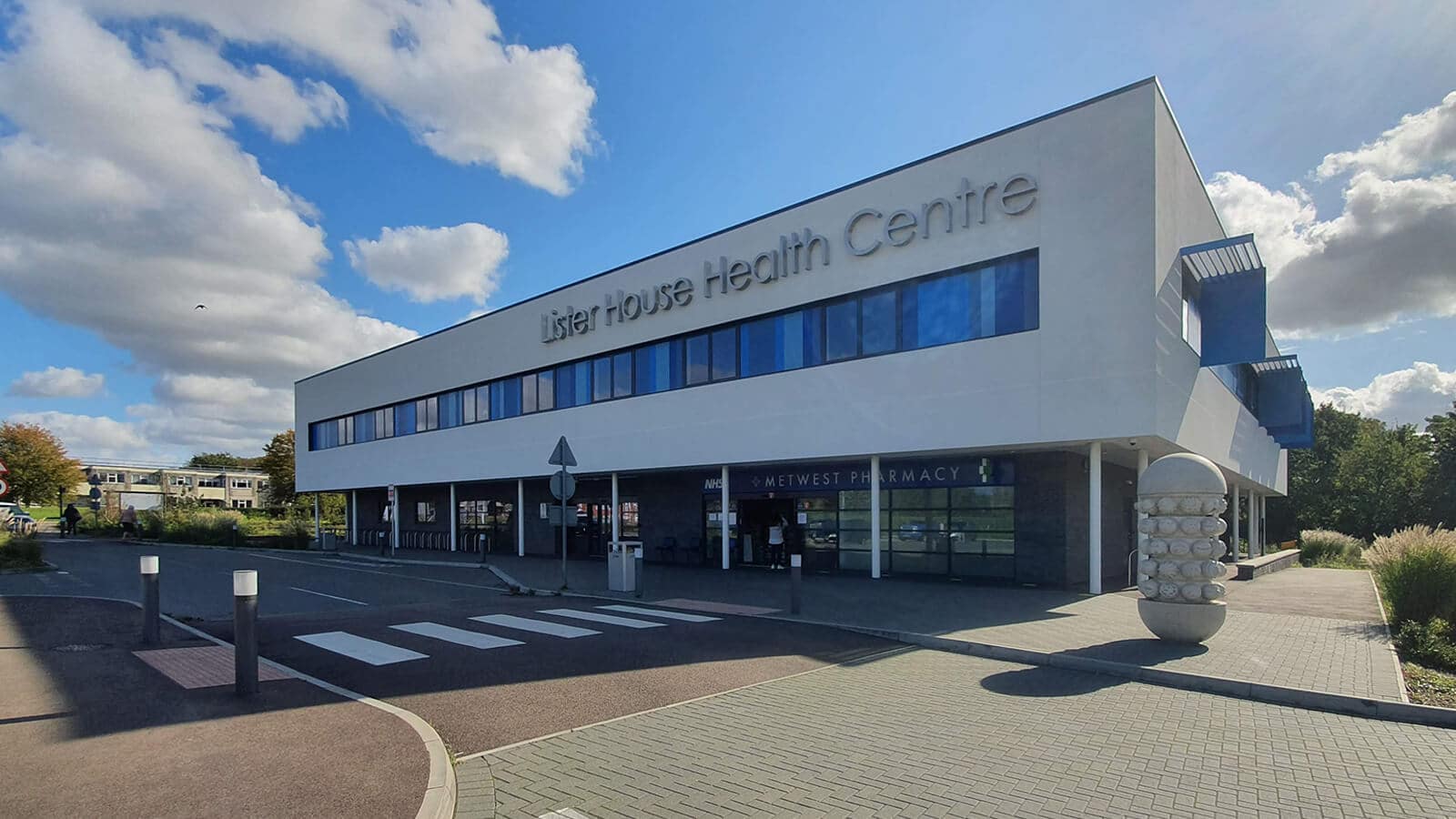

This occurs early in the development of sucrose-induced insulin resistance and continues through time, up until 9 weeks of sucrose feeding. reported that insulin resistance induced by sucrose feeding is due to an impairment of the hepatic parasympathetic nervous system in rats. Moreover, none of the articles showed any pharmacological approach to revert diet-induced insulin resistance. Several studies have emerged in the last decade concerning insulin resistance associated to high sugar diets however, due to the variability on the time of exposure to the diet, percentage of the sugar within the diet, and initial and endpoint of the exposure, the metabolic alterations are inconsistent and lack any mechanism underlying the dysregulation observed in each case. Presently it is known that fructose intake is also a key risk factor for carbohydrate-induced insulin resistance. Rising amounts of glucose consumption are well documented as one of the major causes of insulin resistance. The sucrose present in the diet yields equal amounts of glucose and fructose. However, the detailed mechanism underlying diet-induced insulin resistance is not yet fully understood. The consumption of refined carbohydrates has deleterious effects in the progression of insulin resistance and several reports show a correlation between exacerbated sugar intake and higher rates of obesity, diabetes, hypertension, and cardiovascular disease. Given that sugar intake has markedly increased in the last decades, it is now accepted that diet is a primary environmental factor for the onset of T2D. The development of T2D is now agreed to be a consequence of both lifestyle and genetic background. The prevalence of diabetes, particularly type 2 diabetes (T2D), is increasing worldwide.

Our findings demonstrate that GSNO promotes insulin sensitivity in a sucrose-induced insulin-resistant animal model and further implicates that this antioxidant molecule may act as a potential pharmacological tool for the treatment of insulin resistance in obesity and type 2 diabetes. These effects are associated with an increased insulin receptor and Akt phosphorylation in muscle cells.

GSNO was able to revert insulin resistance induced by sucrose feeding, in a dose-dependent manner, suggesting that they have an insulin-sensitizing effect in vivo. In control animals, insulin sensitivity increased after a meal or administration of GSH+NO/GSNO, but this was abrogated by sucrose feeding. In the liver, the high-sucrose model shows increased NO and unchanged GSH levels. The fasting glucose level was not different between the control and high-sucrose group. Insulin sensitivity was determined: (i) in the fast state (ii) after a standardized test meal (iii) after GSH + NO and after (iv) S-nitrosoglutathione (GSNO) administration. Male Wistar rats were divided in a control or high-sucrose group. The current study was designed to test the hypothesis that treatment with S-nitrosoglutathione is sufficient to revert insulin resistance induced by a high-sucrose diet. However, knowledge of the metabolic action of GSH and NO in glucose homeostasis remains incomplete. Hepatic regulation of glucose metabolism is crucial and has been shown to be modulated by glutathione (GSH) and nitric oxide (NO). The liver is a fundamental organ to ensure whole-body homeostasis, allowing for a proper increase in insulin sensitivity from the fast to the postprandial status.


 0 kommentar(er)
0 kommentar(er)
